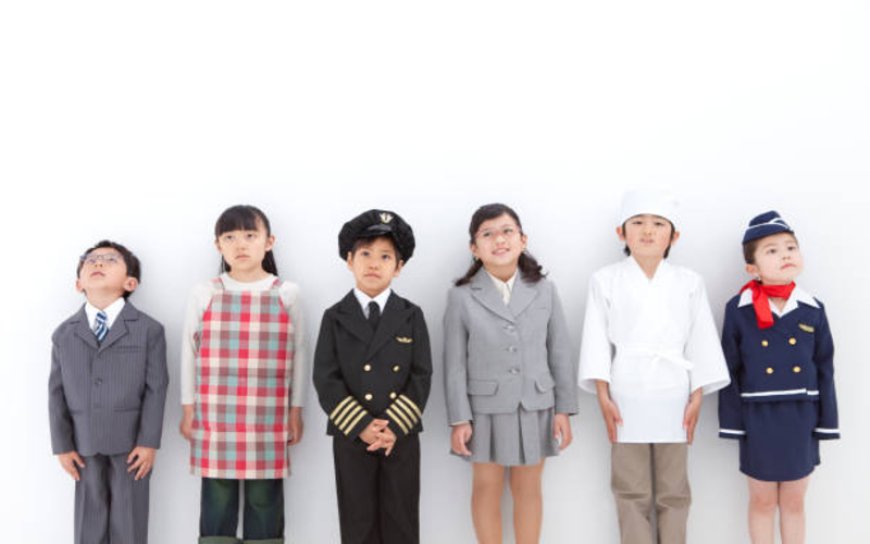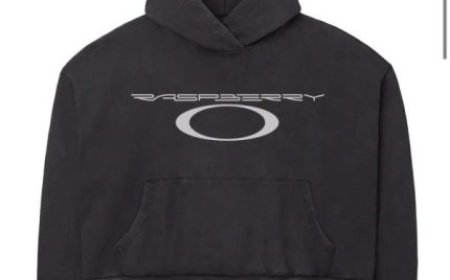A Comprehensive Guide to Various Types of Uniforms
Explore our comprehensive guide covering different types of uniforms, their meanings, uses, and historical significance across various fields.

Uniforms play an essential role across various sectors, reflecting professionalism, enhancing brand identity, and serving practical needs. From corporate offices to construction sites, each industry has specific uniform requirements tailored to fit the nature of the work and the company’s image. Uniforms often go beyond just appearance; they contribute to team cohesion, safety, and even efficiency. Employees in well-designed uniforms feel more connected to their roles, which can boost morale and create a unified work environment.

This guide explores the diverse types of uniforms used in industries like hospitality, healthcare, and retail, detailing how they address unique requirements for functionality and style. Understanding the purpose and benefits of each type can help organizations make informed choices that align with their goals. Whether for creating a professional image or ensuring safety in demanding roles, the right uniforms help organizations establish a positive and cohesive brand presence.
Here are some A Comprehensive Guide to Various Types of Uniforms.
1. Corporate Uniforms

Corporate uniforms are designed to create a polished and professional appearance for office environments. These uniforms typically consist of dress shirts, blouses, trousers, skirts, and blazers and often include company branding such as logos or name tags. Corporate uniforms promote a unified look, helping to reinforce the company’s brand identity while fostering a sense of belonging among employees. They are especially popular in customer-facing roles like reception, sales, and administrative positions, where first impressions are crucial.
2. Hospitality Uniforms

In the hospitality industry, uniforms are essential for distinguishing staff roles and enhancing customer experience. From hotel concierges to waitstaff in restaurants, uniforms create a visual cue for guests to identify staff members. These uniforms often include aprons, waistcoats, and caps, designed with comfort and functionality in mind. In addition to being stylish, hospitality uniforms are often easy to clean and durable enough to withstand frequent washing. A well-designed hospitality uniform can contribute to the ambiance of the establishment and help guests feel more at ease.
3. Healthcare Uniforms

Healthcare uniforms, including scrubs, lab coats, and protective gear, are critical for hygiene and safety in medical settings. Different colors and styles often denote various departments or roles, making it easy for patients to identify nurses, doctors, and specialists. Materials used in healthcare uniforms are usually anti-microbial and breathable, designed to protect both the wearer and patients. Comfortable and practical, healthcare uniforms allow medical professionals to move easily while maintaining a clean, professional appearance, which is essential for trust and reassurance in healthcare environments.
4. Industrial and Trade Uniforms

In fields like construction, manufacturing, and maintenance, uniforms play a vital role in safety. Industrial uniforms are usually made from heavy-duty fabrics that protect against hazardous materials, sharp objects, or extreme temperatures. Reflective elements, hard hats, and reinforced boots are common additions to enhance visibility and protection. These uniforms are designed for durability and resistance to wear and tear, providing worker safety and meeting industry standards. Additionally, they help workers move freely and perform tasks effectively in challenging environments.
5. Security and Law Enforcement Uniforms

Uniforms for security personnel and law enforcement are designed for authority, durability, and functionality. These uniforms typically include sturdy fabrics, belts for tools, and identification badges to ensure easy recognition. Security uniforms help establish an authoritative presence, which can deter potential threats and promote order. In law enforcement, uniforms are equipped with protective gear and often have multiple pockets for tools and accessories. Their design is meant to convey a sense of professionalism and readiness, reassuring the public and enhancing security.
6. Retail and Customer Service Uniforms

Retail uniforms are designed for brand visibility and customer convenience. They often include polos, shirts, or aprons featuring the company logo, allowing customers to easily identify employees for assistance. Retail uniforms not only improve brand recognition but also promote a sense of unity among staff, creating a cohesive team environment. Comfortable and easy to wear, these uniforms allow employees to move around the store freely while maintaining a neat appearance, which is essential for creating a positive shopping experience.
7. School uniforms
School uniforms foster a sense of identity and promote equality among students. Typically consisting of standard shirts, trousers, skirts, and blazers, school uniforms reduce social pressures related to fashion and allow students to focus on their studies. Wearing a uniform helps students represent their school and community, promoting pride and a sense of belonging. School uniforms are also practical, as they are designed to withstand active play and frequent washing, making them ideal for daily wear.
8. Sports and Athletic Uniforms

Sports uniforms are tailored for comfort, durability, and team spirit. From soccer jerseys to track suits, these uniforms are usually made from breathable, stretchable materials that allow athletes to perform at their best. Colors and logos embody the team's identity, fostering a sense of unity among both players and fans. Sports uniforms are also crucial for team recognition during competitions, helping athletes stand out and promoting a spirit of healthy competition.
9. Military Uniforms

Military uniforms represent rank, branch, and role, and are rich in tradition.. Made from durable, camouflaged materials, these uniforms are designed for functionality and resilience in various environments. Each element of the uniform—from patches to accessories—carries meaning, promoting discipline and pride among service members. Military uniforms also provide protection and comfort in challenging conditions, ensuring that personnel are ready to perform in both combat and ceremonial roles.
Conclusion
Understanding the various types of uniforms and their specific purposes allows businesses to make strategic choices that enhance brand identity, improve employee morale, and promote a sense of unity. From corporate offices to healthcare settings, each industry has unique uniform needs, which skilled uniform suppliers in Dubai can address by tailoring styles, materials, and designs to meet both practical and aesthetic demands. The right uniforms can significantly impact how a brand is perceived by clients and how employees feel in their roles.
Choosing the right uniforms suppliers in Dubai is essential for achieving high-quality results that fit your brand vision. Partnering with suppliers who understand your industry’s requirements ensures that each uniform is crafted for durability, comfort, and style. Whether for customer-facing roles or high-risk environments, investing in thoughtfully designed uniforms can create a lasting impression and support the goals of a growing, cohesive organization.
What's Your Reaction?





















